What is a puck light
A puck light is an under cabinet downlight that is typically small, compact, and round. Its characteristic shape of a very flat cylinder looks like a hockey puck and hence the name was inspired. Under cabinet lighting does exactly what its name suggests—it illuminates the space that hanging cabinets leave in the shadows. Under cabinet lighting is an essential component of a layered lighting design for spaces where cabinets and shelves are installed. It provides inconspicuous light to fill in shadows underneath cabinets and shelves while adding visual depth to the space. Under cabinet lighting is delivered by LED luminaires that come in three forms: light bars, flexible strip lights, and puck lights.
Features and applications
While linear lights which stretch the entire length of your cabinets do a good job in delivering uniform illumination across the work surface, puck lights have its unusual advantages. Puck lights are designed for use in applications where light bars and flexible strip lights can’t fit in or linear lighting is impractical. Measuring only a few inches in width and often less than 1 inch in depth, LED puck lights have ability to fit into small areas, niches and cavities under cabinets and inside bookshelves, storage shelves, and display cases. Puck lights are often added to small hanging cabinets that are installed in kitchens, bedrooms, bathrooms, dining rooms, and laundry rooms. They provide task lighting on the countertops or supplement the overall ambient lighting for the space. In some instances, puck lights also doubles as night lights, especially if the luminaire is dimmable.
Accent lighting
Puck lights are trending because they are incredibly versatile. A lighting scheme comprised of only the ambient and task layers of light will often take on a dull, flat effect. Accent lighting which is used to illuminate and highlight decorative items, artwork, or a retail display is an extraordinarily important layer of lighting in interior design. Puck lights are often used as accent lights to create a focal pool of light which creates a dramatic emphasis on designs, shapes, textures, finishes and colors of objects on display. Cabinets and shelves are designed to make full utilization of a space. That space must take every opportunity to elevate its personality through a thoughtful lighting design, and here puck lights plays an essential role. These low profile lights are frequently mounted to display shelves to steer attention towards displayed objects. In retail display lighting applications with limited shelf space, puck lights are the workhorses for highlighting and defining merchandise, creating visual interest and reinforcing design aesthetics.
LED technology advantages
Puck lights that capitalize on LED technology enable an array of benefits that were previously not possible with traditional incandescent, xenon, or fluorescent puck lights. A significant improvement in energy efficiency not only translates to huge energy savings, but also makes it more practical for puck lights to run on battery power. Battery operated puck lights are particularly useful for applications without electrical outlets nearby. Minimal energy consumption in conjunction with the use of motion sensors significantly improves battery autonomy. The compactness of LEDs makes great sense for under cabinet lighting with puck lights which must be designed as inconspicuous as possible. Absence in UV and IR radiation gives LEDs an incomparable advantage in under cabinet lighting. Traditional light sources radiate a large amount of ultraviolet and infrared energy which can damage or deteriorate light- or heat-sensitive objects. LED puck lights can be placed close to meat, fish, fruit and vegetable under kitchen cabinets as well as cosmetic products, premium textiles, chocolate and confectionery in retail display shelves without concern of optically induced material degradation.
Design and construction
LED puck lights are typically constructed of die cast aluminum which provides durability and ample heat dissipation. The light engine is built with SMD LEDs or chip-on-board (COB) LED arrays that come in diverse correlated color temperature (CCT) options and color rendering specifications. The LEDs are slightly regressed to allow for a controlled flood beam. LED puck lights that are installed with the light emitting surface (LES) within the field of view, or up to roughly 53° above the line of sight, incorporate a diffusion mechanism to minimize glare. Conventional backlit lighting systems reduce glare through direct diffusion, which requires a clearance between the LEDs and diffuser for complete removal of LED hot spots. Edge-lit systems employ a multi-layer optical system to deliver soft, uniform light distribution across the LES while enabling a remarkably thin depth. Puck lights are available for recessed or surface mounted installations. A surface mount light usually comes assembled with a detachable ring which conceals the mounting hole and screws for a clean look.
Power supply
LED puck lights typically run on low voltage power supplies although line-operated luminaires are available as well. They are connected to remotely located power supplies, whether hardwired or plug-in, or are battery powered. These low voltage luminaires are often wired in daisy-chain fashion. The continuous run could be any number of fixtures as long as the maximum load does not exceed the full loading capacity of the connected LED driver (transformer). The LED driver converts a line voltage, which in Europe is 220 volt AC and in North America is 120 volt AC, to direct current of 12 or 24 volts. The driver may be designed to work with a common household forward and reverse phase dimmer or to provide compatibility with 0-10V or DALI dimming systems for commercial applications.

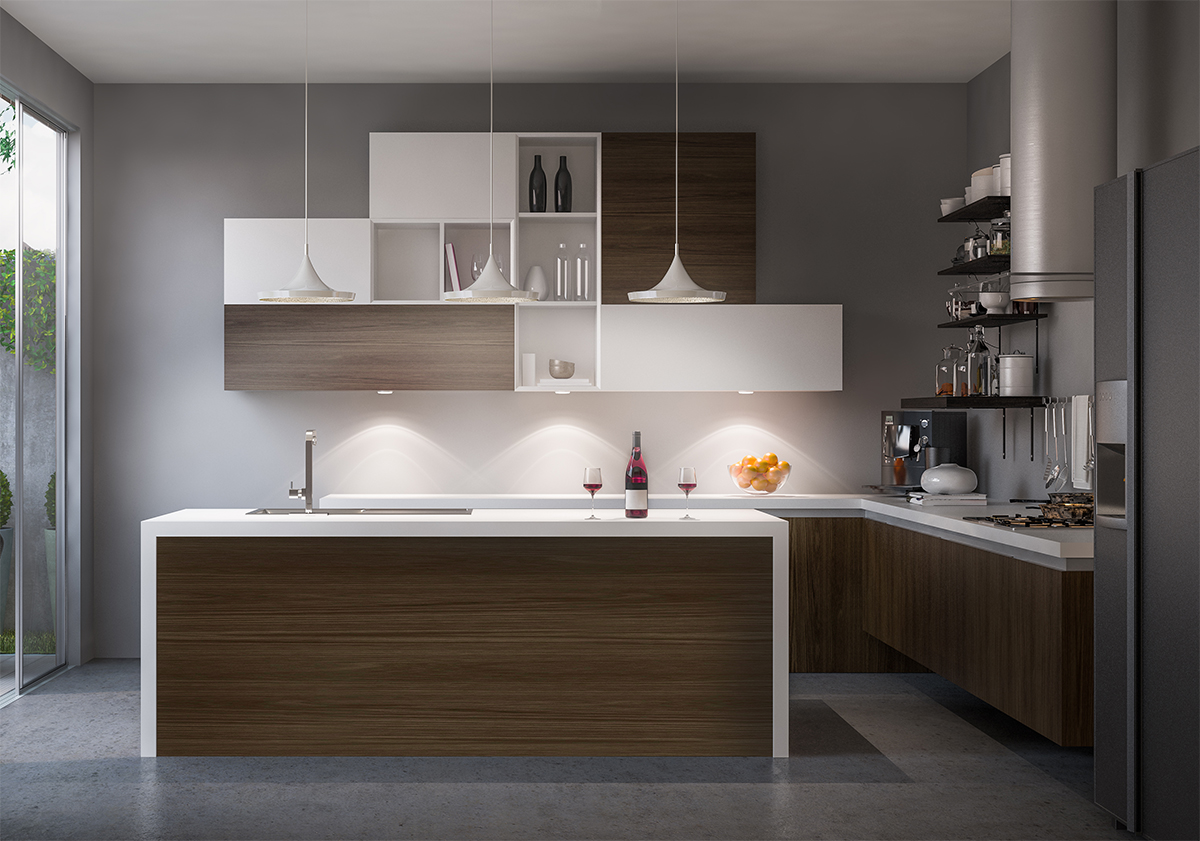



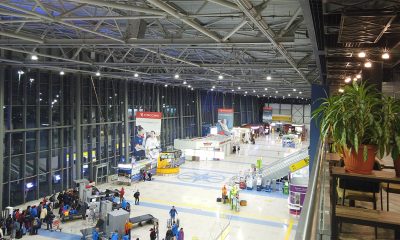
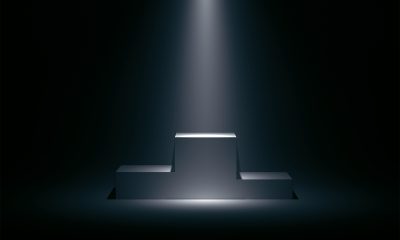
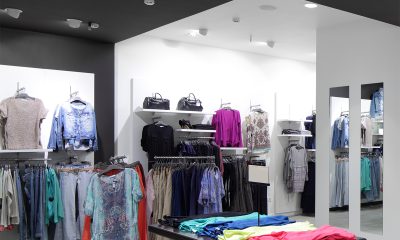


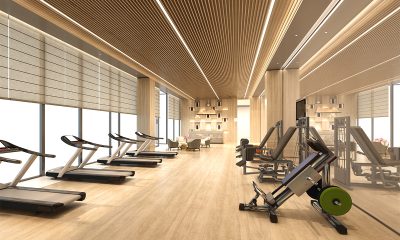
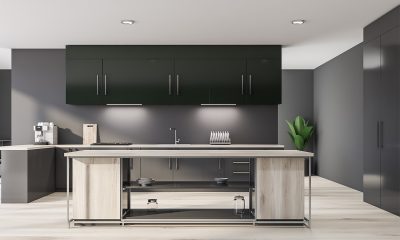

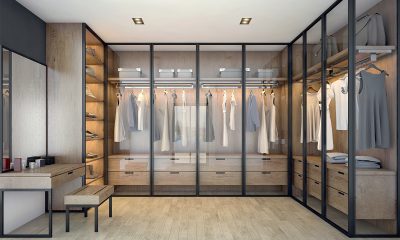





Loading...